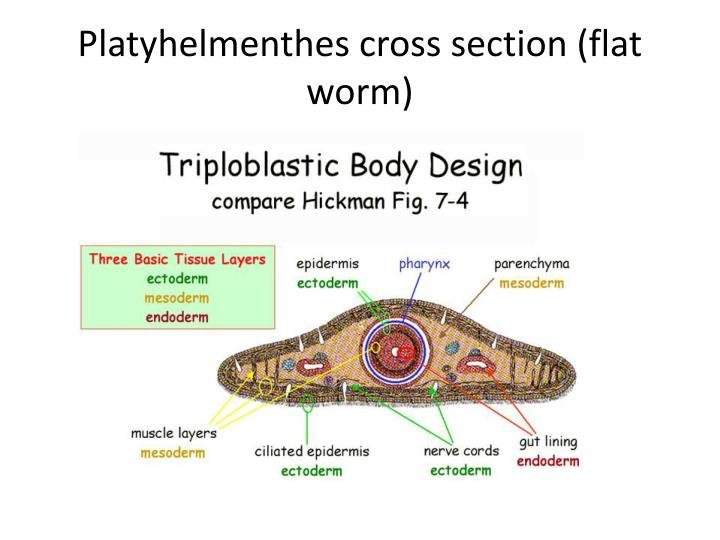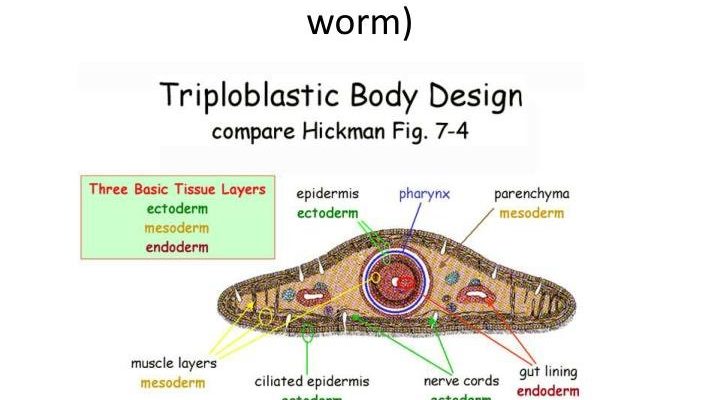
Flatworms, with their soft, flat bodies and vibrant colors, are intriguing creatures. They live in various environments, from freshwater streams to oceans. While you might think of them as just “another worm,” flatworms share their homes with a cast of other worm characters, like roundworms and segmented worms. Each has its own story, adaptations, and lifestyle. So, grab your favorite drink, and let’s dig into the delightful world of these slippery critters!
What Are Flatworms?
Flatworms belong to the phylum Platyhelminthes, which means “flat-bodied.” As their name suggests, they have a distinctly flat shape compared to other worm types. They come in diverse colors and patterns, often making them quite striking to observe. Their bodies are soft and lack a structured skeleton, which enables them to squeeze into tight spaces effortlessly. Flatworms are usually found in aquatic environments, but some species live in moist terrestrial habitats.
Interestingly, flatworms fall into two main categories: free-living and parasitic. Free-living flatworms, like planarians, thrive in ponds and streams, hunting small prey. They’re often admired for their regenerative abilities—if you cut one in half, it can regrow its missing parts! On the other hand, parasitic flatworms, like tapeworms, exploit hosts for nutrients, leading a different, often less glamorous lifestyle.
Flatworms vs. Roundworms
Now, let’s switch gears and look at roundworms, or nematodes, which are another common worm type sharing habitats with flatworms. Roundworms have a cylindrical body shape, which sets them apart visually. They can be found in similar environments, from soil to aquatic systems, living alongside flatworms.
A significant difference between flatworms and roundworms is how they feed. Roundworms generally have a complete digestive system with a mouth and an anus, allowing for a continuous flow of food processing. Flatworms, in contrast, have a more primitive digestive system, often just a single opening that serves as both mouth and anus.
You might wonder why this matters. The feeding adaptations of each worm type influence their ecological roles. Roundworms can be more efficient decomposers, breaking down organic matter, while flatworms often take on roles as predators or parasites, affecting the populations of their prey or hosts.
Flatworms and Segmented Worms: The Annelids
Another interesting comparison is with segmented worms, often referred to as annelids. This group includes earthworms and leeches, best known for their segmented bodies that allow for remarkable movement and flexibility. Unlike flatworms and roundworms, segmented worms have a complex body structure, including a closed circulatory system and specialized segments.
So, how do flatworms fit into this picture? While segmented worms are typically found in soil or freshwater environments, flatworms are more versatile, often venturing into marine habitats. This means that while segmented worms play significant roles in soil health and nutrient cycling, flatworms can be critical in maintaining balance in aquatic ecosystems. Think of flatworms as the free spirits of the worm world—able to adapt and thrive in various environments.
Habitats: Where Do Flatworms Live?
Flatworms are found in diverse habitats, but they have preferences that can influence their survival. Freshwater habitats, like ponds and marshes, are hotspots for many flatworm species. Here, they can often be seen swimming gracefully, using their cilia (tiny hair-like structures) for movement.
Marine environments also host a wide variety of flatworms. Coral reefs, in particular, are home to colorful flatworm species that often play crucial roles in the ecosystem, such as controlling smaller prey populations. They may blend in perfectly with vibrant coral, showcasing nature’s talent for art.
In contrast, some flatworms do well in damp terrestrial environments. These species often thrive in leaf litter or under logs, where moisture is abundant. Their ability to adapt to such varying habitats speaks volumes about their resilience and ecological importance.
The Importance of Flatworms in Their Ecosystems
Flatworms, despite their simple appearances, are vital to the health of their ecosystems. For instance, free-living flatworms play important roles as predators in aquatic food webs. By feeding on small organisms, they help control populations and contribute to the cycling of nutrients.
Moreover, when flatworms are part of a balanced ecosystem, they can indicate environmental health. For example, a decline in flatworm populations can signal changes in water quality or habitat degradation. This makes them useful as bioindicators for scientists studying ecosystems.
On the flip side, parasitic flatworms can have significant impacts on their hosts, sometimes causing diseases that affect not just individual animals but entire populations. Understanding the dynamics between flatworms and their hosts can help us address these health issues effectively.
Life Cycles: Unique Adaptations
Flatworms exhibit fascinating reproductive strategies, which can be quite different from those of roundworms and segmented worms. Most flatworms are hermaphrodites, meaning they possess both male and female reproductive organs. This adaptation can be advantageous as it increases their chances of finding a mate in environments where individuals are sparse.
Additionally, flatworms often reproduce asexually by fission, where an individual splits into two, and each half regenerates into a complete worm. This method of reproduction is incredibly efficient and allows them to rapidly increase their populations in favorable conditions.
In contrast, segmented worms typically have more complex mating processes involving distinct male and female individuals. Nematodes also have varied reproductive strategies, but many rely on external fertilization, which may limit the environments in which they can thrive.
In summary, flatworms might seem like just another worm, but they stand out in the diverse family of worms. With their unique adaptations, ecological roles, and fascinating life cycles, they contribute significantly to the environments they inhabit alongside roundworms and segmented worms. Each worm type, whether flat, round, or segmented, has its own story to tell, just like members of a family.
Understanding the relationships between these species and their habitats helps us appreciate the complexity of ecosystems. Flatworms may not always take the spotlight, but their roles are crucial, reminding us that sometimes the smallest creatures play the biggest parts in our world. So next time you think of worms, remember the unique contributions of flatworms and their kin, and maybe even raise a glass (or a coffee) to these remarkable creatures!

